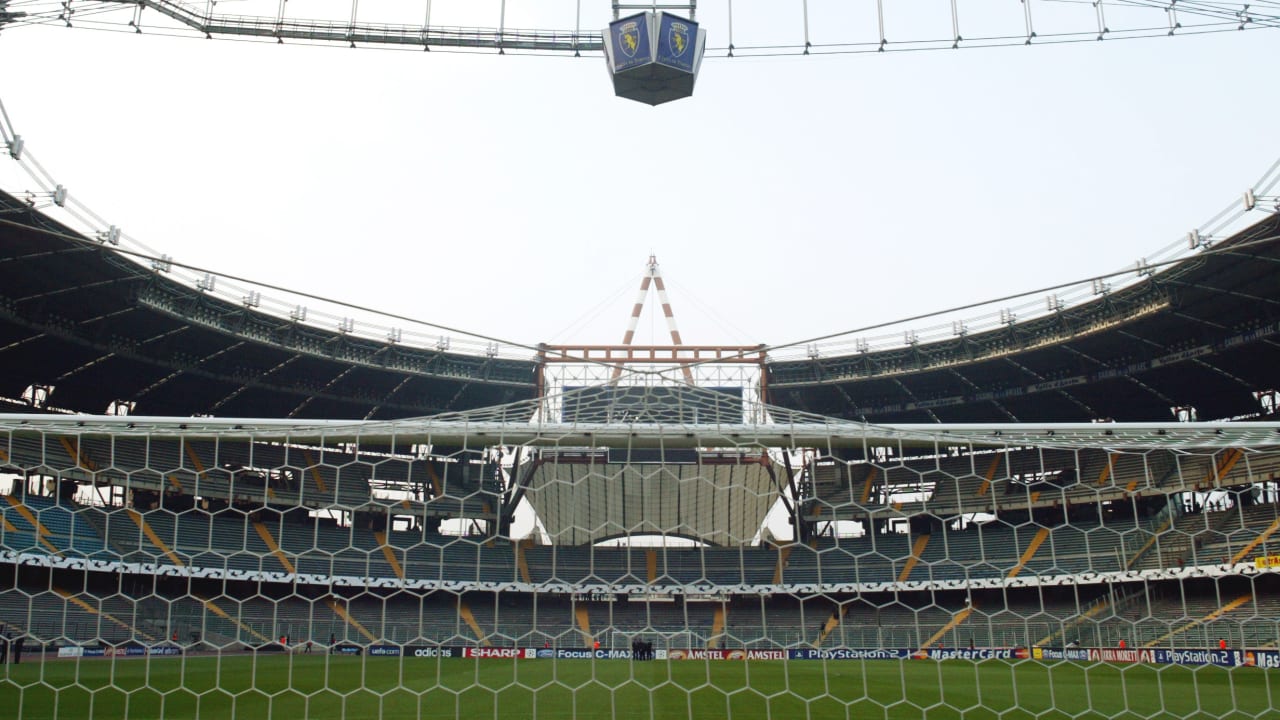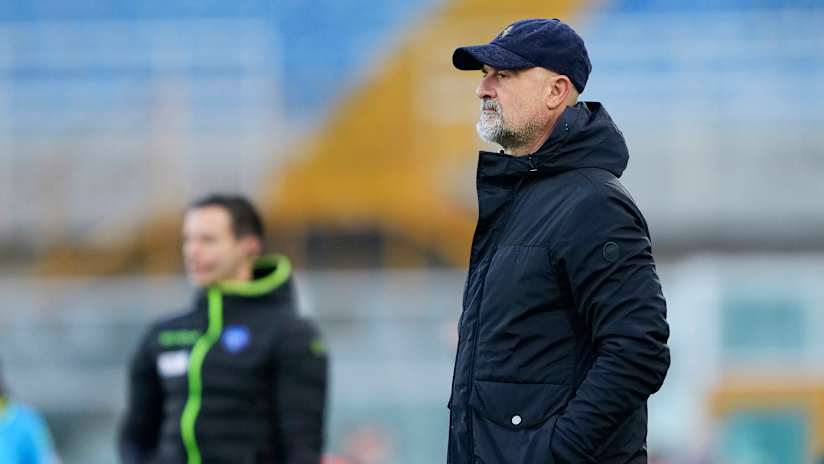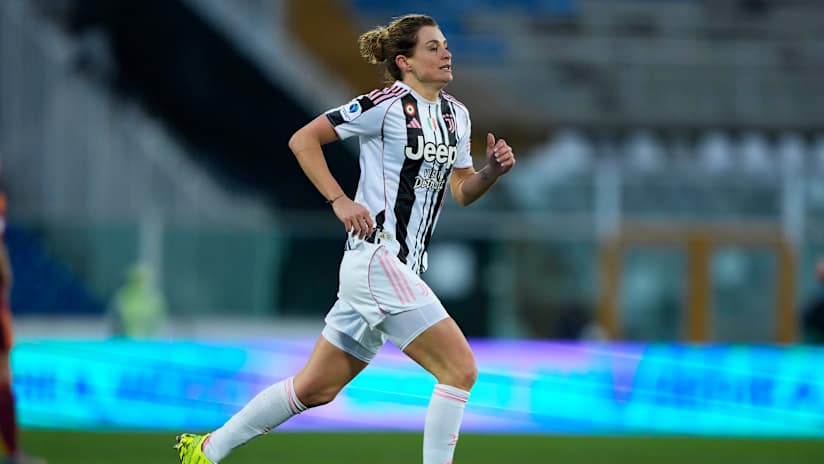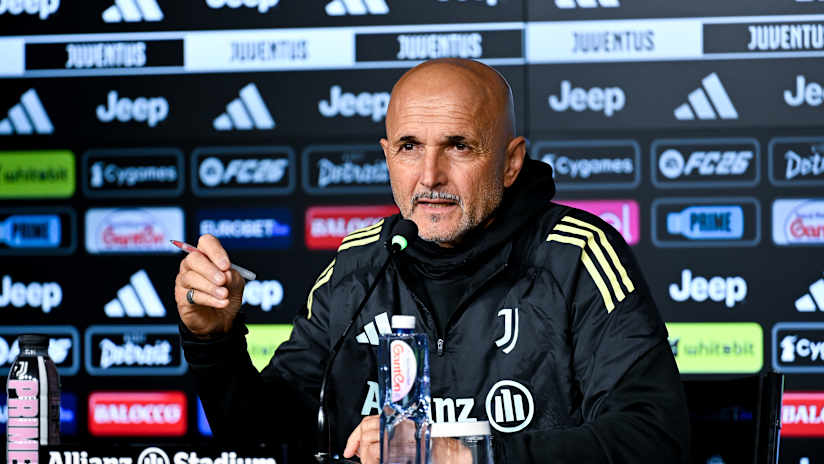09 September 2021
We finished up yesterday with a mention of a stadium where Juventus would play for decades – albeit under different names. We’re referring to the Stadio Benito Mussolini, built on the orders of the fascist dictator himself during the height of his rule, in order to mark the regime’s Littoriali Games and the International Student Championships. The new stadium was designed to replace previous sports venues that had stood on the same site.
A classic example of rationalist architecture, the Stadio Comunale di Torino was built during Italy’s fascist era and duly named after Mussolini. The city authorities split the work between several companies: the stadium itself was entrusted to Ditta Saverio Parisi, while the nearby Torre Maratona and ticket officers were allocated to Vannacci e Lucherini. Work began in the final days of September 1932, with the stadium formally opened on 14 May 1933. In 1934, the stadium hosted some of the matches in the World Cup, and on 11 May 1947 it was the venue for the famous match between Italy and Hungary. From the Comune di Torino website
A glittering five-year period for Juventus – eternally remembered as the Quinquennio d’Oro – came to an end here in 1935, but in reality it was just the beginning of a quite extraordinary tale. After the war, the stadium – which had emerged unscathed from the bombing campaigns – was kept alive and remained in operation, taking on a name that all football fans from Turin, whether Bianconeri or Granata, would come to know by heart over the decades that followed: the Stadio Comunale.
The first two Coppa Italia titles came and went. The 1930s gradually gave way to the 1940s, but it wouldn’t be until that decade had almost reached its end – in the 1949/50 campaign – that Juventus would win the Scudetto again. Leading the line for that Bianconeri team was a young, blonde forward with bags of talent, who would – alongside the likes of Omar Sivori and John Charles – score the goals and produce that magic that would see Juventus add their first star to their jerseys.
We are – of course – talking about the late Giampiero Boniperti, who left us just a few weeks ago, and who is always in our hearts.
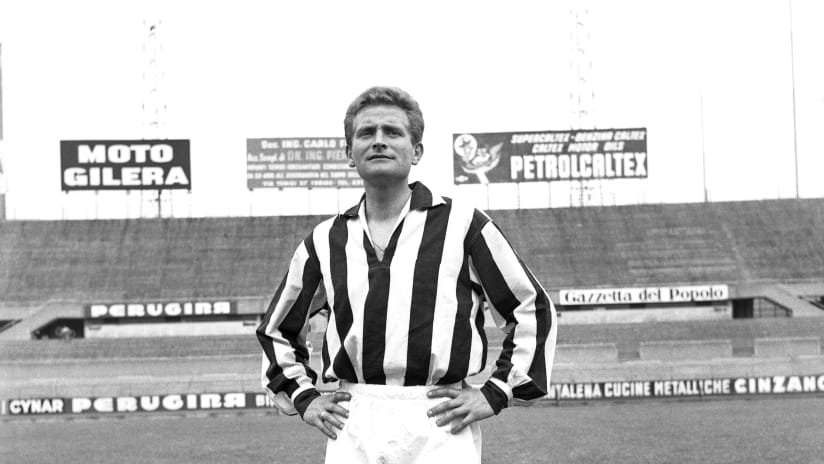
From 1963, Juventus shared the Stadio Comunale with Torino. It became not just the home of the Derby della Mole, but the central focus for the entire city population every weekend, regardless of their footballing allegiances. It was a stadium that pulsated with vibrancy and passion, where Juventus would enjoy wonderful spells in the 1970s and 1980s, adding memorable European nights and continental success for the first time.
The Stadio Comunale bore witness to outrageously talented players and countless trophies hoisted skywards. And it would re-enter the Juventus history books at a later date, under a different name – but more about that later.
It was even a place that saw battles against the elements in order to enable the Old Lady to take part in the biggest matches. If you remember – or have seen footage of – the 1985 European Super Cup, you’ll know what we’re referring to.
The atmosphere inside the Stadio Comunale is the stuff of legend. Perhaps that was its pitch was graced by the winners of five Ballon d’Or awards in Sivori, Paolo Rossi then Michel Platini, who won it three times in three consecutive seasons between 1983 and 1985. These great players starred in equally great games – in the league and in cup competitions – in front of crowds now unthinkable for a stadium of that size.
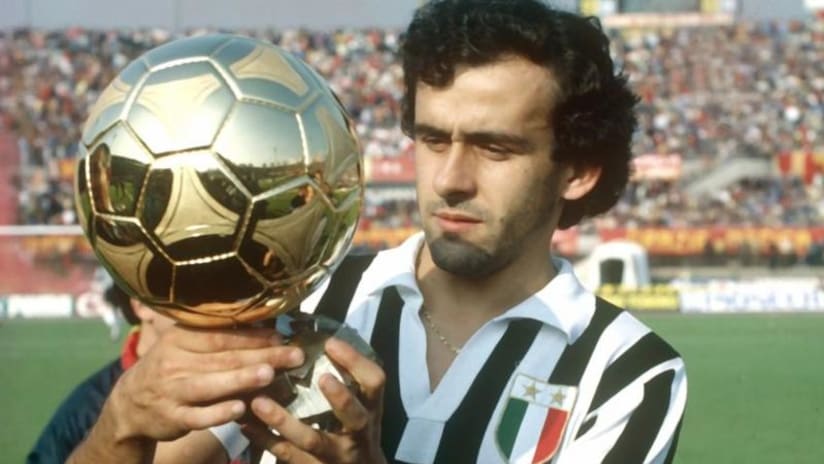
THE STADIO DELLE ALPI
In 1984, FIFA awarded the 1990 World Cup to Italy. The country’s stadiums needed modernising ahead of the biggest football event on the planet, with some requiring complete rebuilds. A brand-new stadium was constructed in Turin, in a different part of the city to usual: Continassa. Further out from the city centre than previous stadium sites, it boasted a breath-taking view of the Alps on particularly clear days.
It was that vista that inspired the new stadium’s name: Stadio Delle Alpi.
The stadium was inaugurated just a few days before the start of the 1990 World Cup, on 31 May 1990.
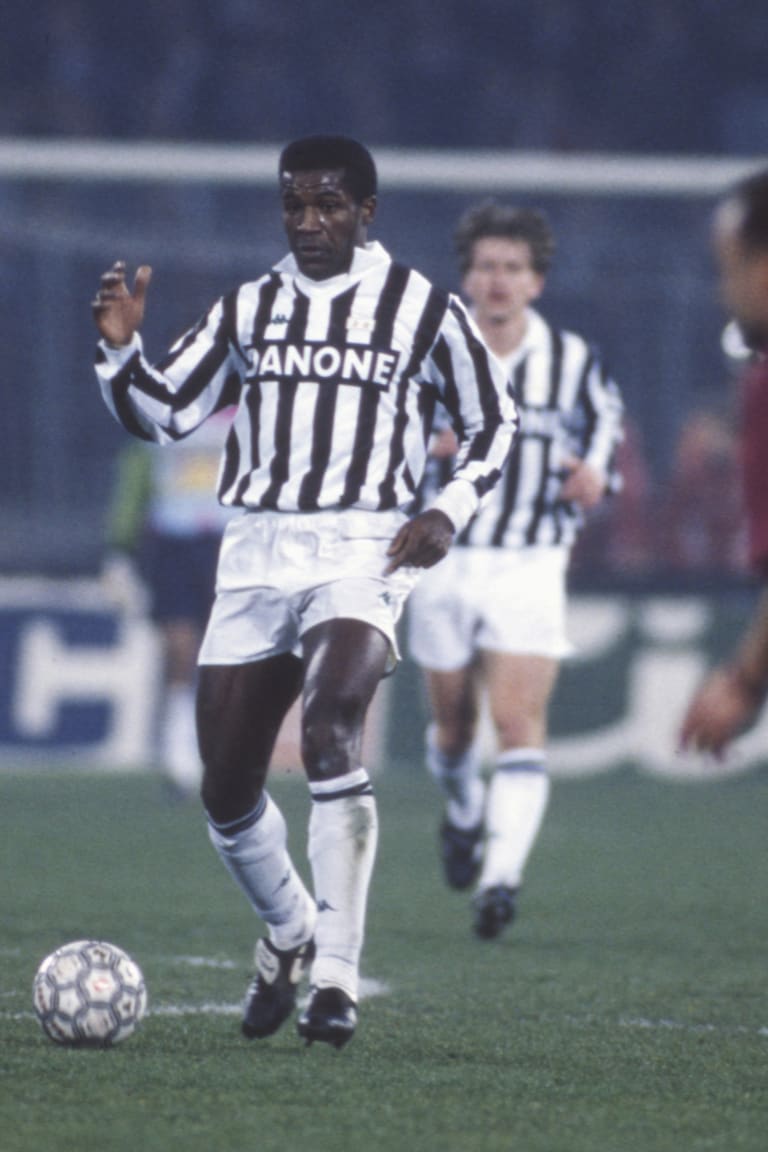
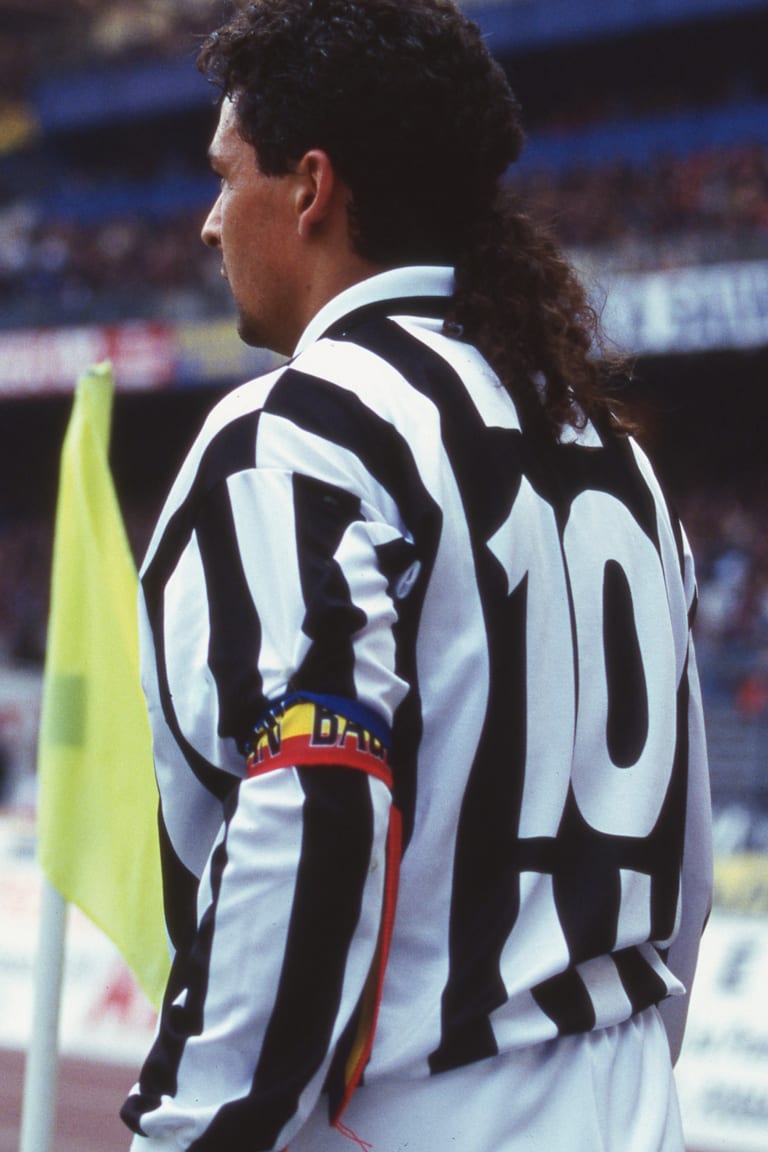
Like the previous stadium, Juve’s time at the Stadio Delle Alpi was marked by Scudetto titles and European triumphs, as the Bianconeri won the UEFA Cup twice as well as clinching Champions League glory in 1996. It was also another era of great players. Roberto Baggio joined Juventus off the back of his display at Italia ’90, followed a few years later by a true role model on and off the pitch – Gianluca Vialli.
There were more, of course. On an early December’s day in 1994, Juventus fans witnessed the birth of a legend, as Alessandro Del Piero scored an amazing goal against Fiorentina – one that would be chosen by the fans on the club’s social media channels as Juve’s best ever.
This was the era of Marcello Lippi, of more Ballon d’Or winners (Baggio, Zinedine Zidane, Pavel Nedved), of records equalled and surpassed. It was at the Stadio delle Alpi – in January 2006 – that Del Piero overtook Boniperti as Juve’s all-time top goalscorer. It was a time when the Juventus family dared to dream, sometimes coming agonisingly close, sometimes going all the way.
Paradoxically, it was during this period that Juventus as a club and a fanbase came to feel that a new home was needed. Perhaps something smaller, but equally fiery with passion.
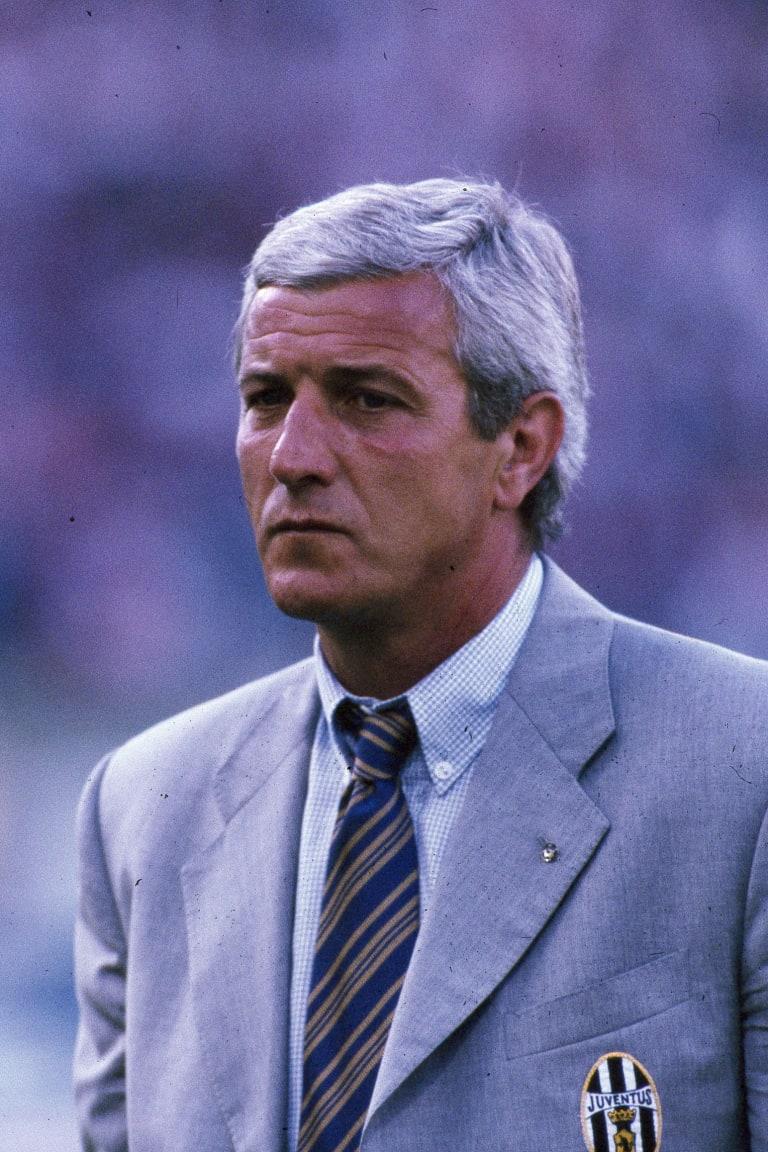
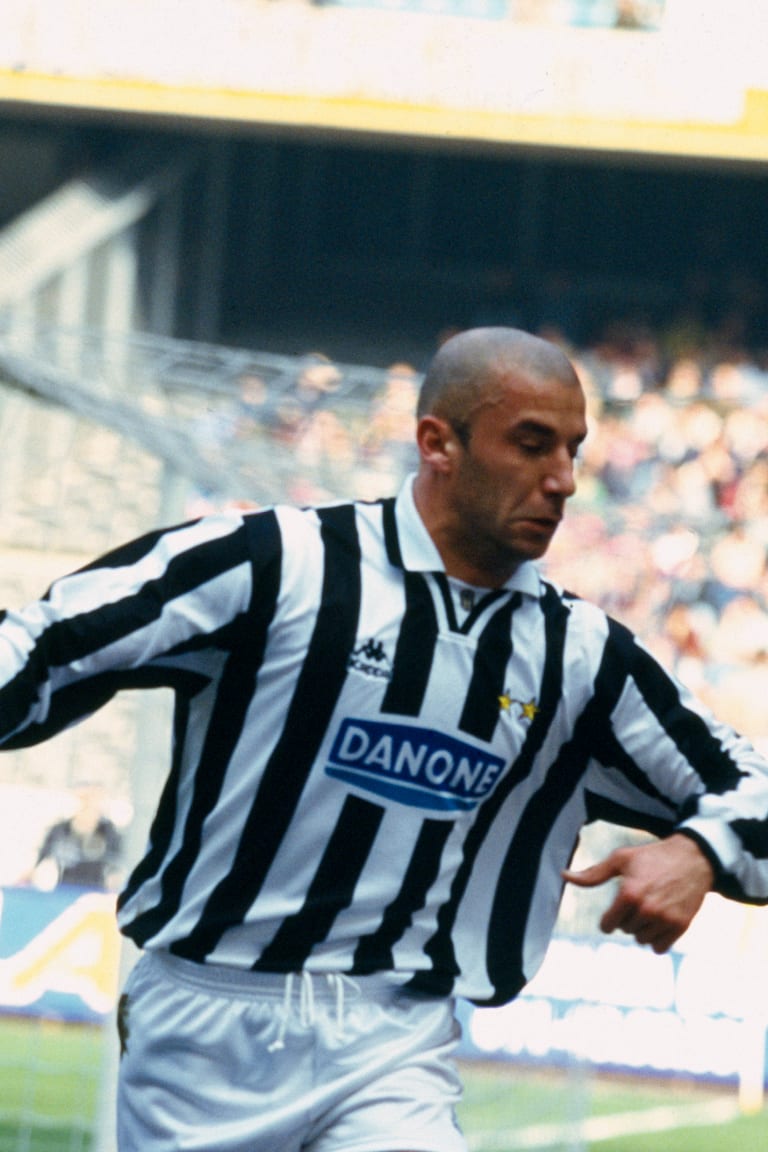
In 2006, on 7 May, Juventus took part in their final league match at the Delle Alpi.
After that, the club embarked on a journey that few could have anticipated.
The Juventus fans weren’t aware of it at the time, but during the wild year that was 2006, the club’s latest stadium move wouldn’t be the only event that found its way into the history books.
In the year in which Turin hosted the Winter Olympics and an Italy team stacked with Juventus players won the World Cup in Germany, the Old Lady moved home again. But this time, the move wasn’t solely physical. The club would indeed be playing its games not at the Stadio Delle Alpi but back at the Stadio Comunale, now known as the Stadio Olimpico, but there would also be a more profound change for Juventus that season. The first match played in the Olimpico, on Corso Agnelli, would be a Serie B one.
FROM THE OLIMPICO TO JUVENTUS STADIUM
Juventus 2-1 Vicenza, 16 September 2006. The goals came from Del Piero and David Trezeguet, as if to reassure the fans – not everything has changed around here, you know…
The spell at the Olimpico wasn’t all plain sailing for Juventus – there’s no point denying that. The boost that the immediate return to Serie A gave the club, and the desire to get back to the top, where Juve belonged, eventually fizzled out once the size of the challenge become apparent. It was to be expected, really, given the events of 2006. But Juve toiled away. They battled. They planned.
The period Juve spent at the Olimpico was also the period when the club began to implement a project that had already been tried in previous, only to be shelved. It had been formally launched back on 18 June 2002, when the club reached an agreement with the Turin authorities for Juventus to take control of the surface of the Stadio delle Alpi site for the next 99 years.
2008 was a key year in the story of the new – and current – home of Juventus. On 18 March 2008, the Juventus Board of Directors approved the construction of a new stadium on the site of the Delle Alpi. Demolition work began on 11 November of the same year, a sign that the new Juventus stadium was going to change the rules of the game in bureaucratic Italy.
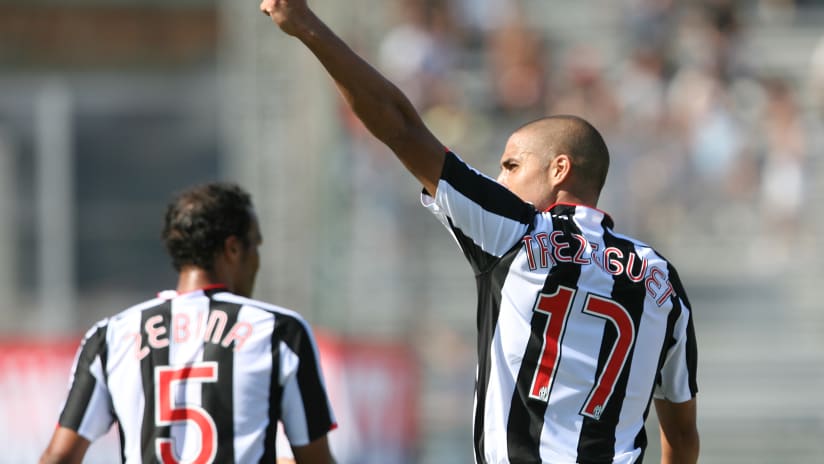
When the work was complete, three years later, the stadium was home to over 41,000 seats – the closest of which was just seven metres from the field of play. The club opted to give its new home the name Stadium, which was nothing new in Turin. Indeed, Juventus Museum is home to an exhibit documenting another venue with that name, located in Piazza D’Armi and inaugurated on 29 April 1911, but rarely used for football.
By contrast, football was at the heart of the new Juventus Stadium.
It was an iconic new addition to the architecture of Turin, an emblem of the new Juventus that was starting to win again. Again, and again, and again.
8 September 2011 is a date that nobody connected with this club will ever forget. It was the night that the sense of pride at being part of the Juventus family was restored once and for all.
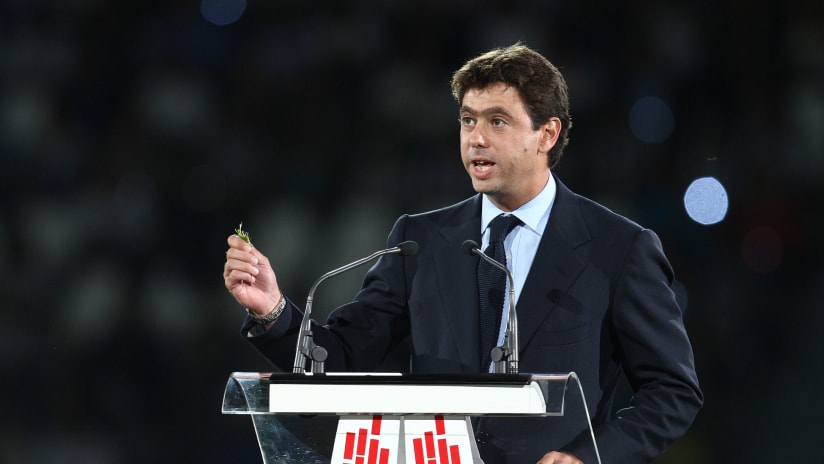
That night was the start of a new story. In a new, magnificent home. A story where the team – on the first day of the season against Parma, a few days later – sent out a message to everybody.
The Old Lady was back.
And we haven’t stopped since.

